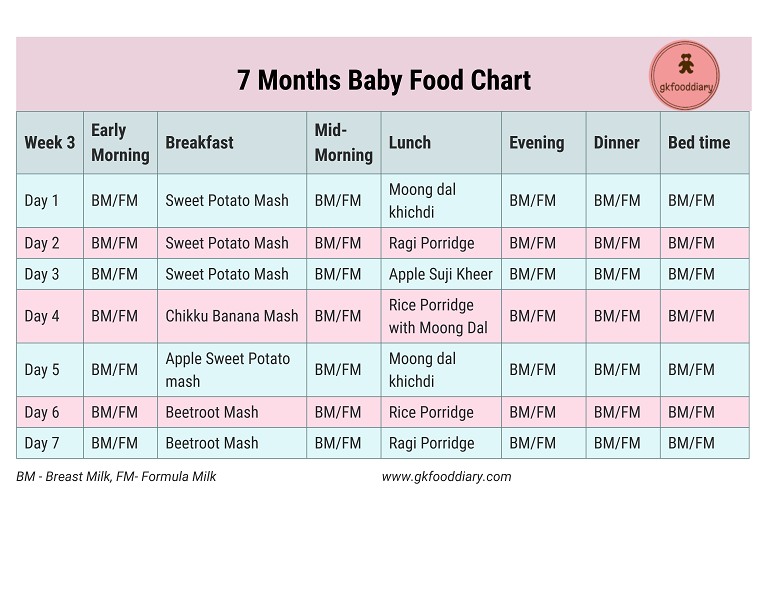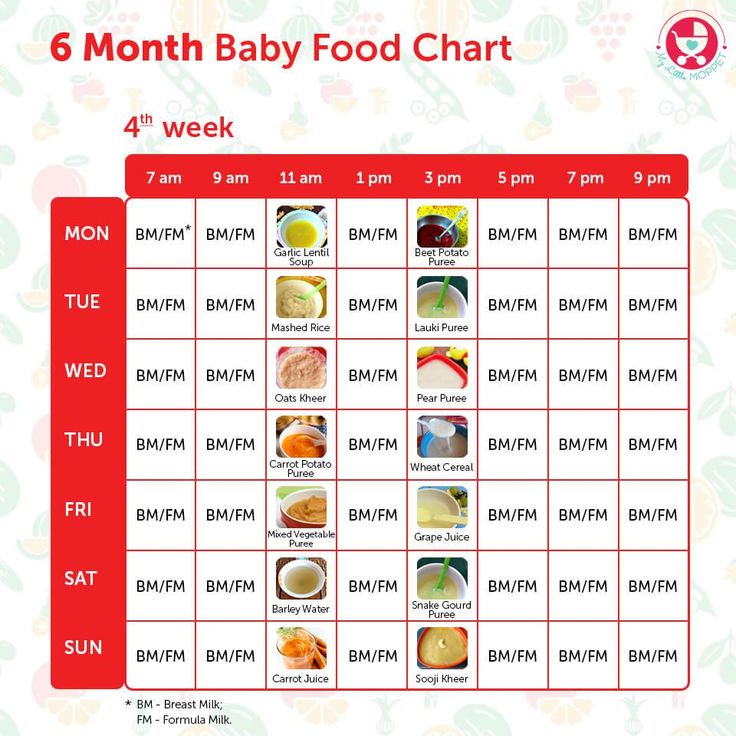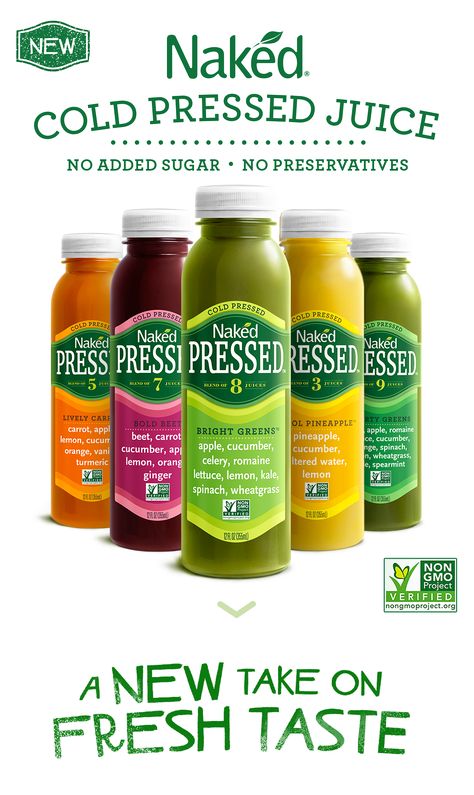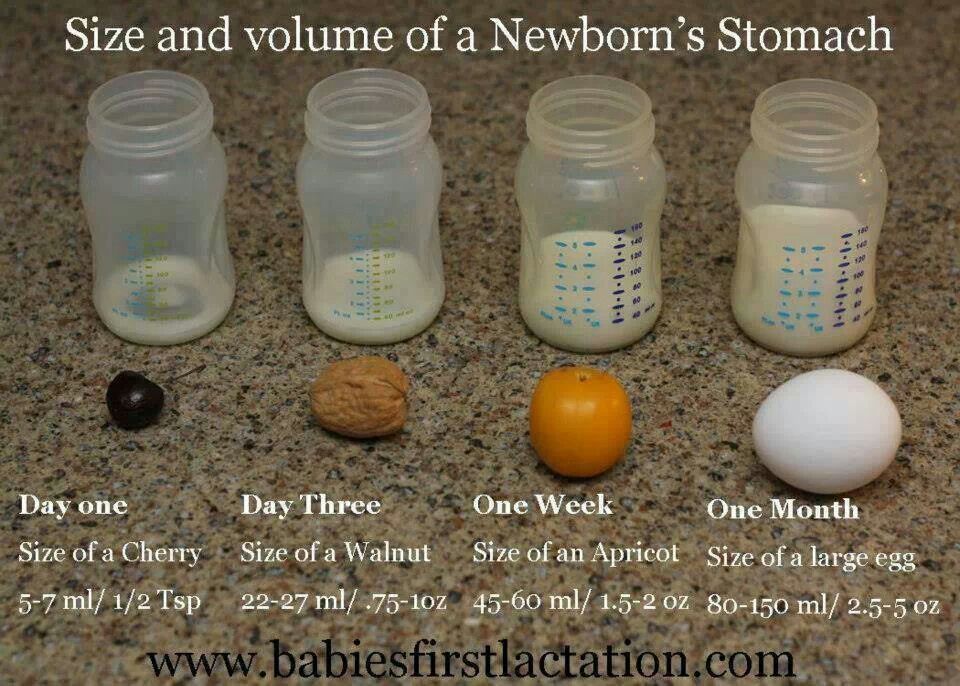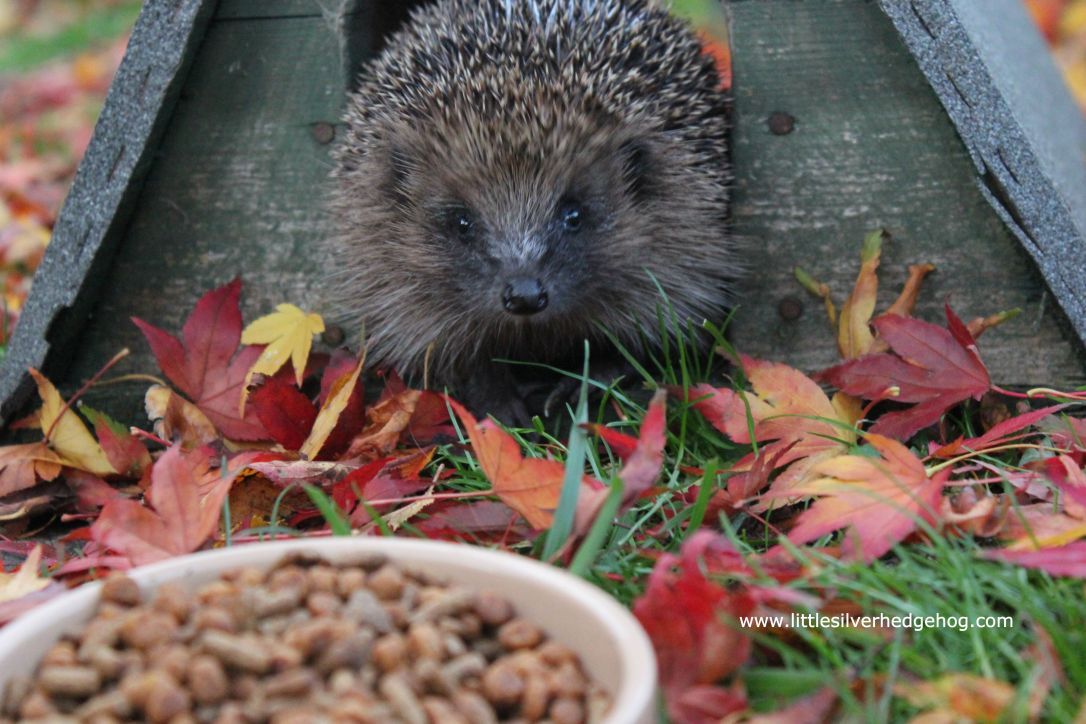When can i feed my baby oatmeal cereal
When Can My Baby Have Oatmeal?
Oatmeal is a great early food for baby, but when can you start feeding baby oatmeal? Learn the answer here, plus ways to introduce oatmeal to baby.
When can baby start eating oatmeal?
Baby oatmeal is a healthy and safe first food --- baby can start eating it as soon as they're ready for solids. But when is baby ready to start their solid food journey, and munch on oatmeal for the first time?
Typically, a baby is ready to start solids between 4 and 6 months of age.
But baby won't automatically be ready for solids at a certain age or weight.
Rather, readiness for solids is a developmental milestone. This means baby will be ready to eat oatmeal once they show certain development cues or signs.
What types of cues do you need to look out for?
A baby is ready for solids when they:
- Have good control of the head and neck
- Can hold the head and neck steady for longer amounts of time
- Sit upright on their own, with minimal to no support
- Opens their mouth or leans forward when you hold food in front of them
- Show an interest in the family's foods during family mealtimes
- They may look longingly at food, open their mouth, or even reach for the food and try to grasp at it
- Have a tongue reflex that no longer pushes food out of the mouth.
- Instead, the tongue reflex brings food to the back of their mouth and swallows.
Watch this video with Nurse Dani to learn how you can tell when your baby is ready to eat solid food:
Baby Oatmeal vs. Regular Oatmeal
What makes baby oatmeal different from regular oatmeal?
And do you need to choose an oatmeal that’s specially designed for babies? Or can you feed baby regular oatmeal (steel-cut or rolled oats)?
While some babies can handle the texture of regular oatmeal, many babies benefit from baby oatmeal, especially when they are first starting solids.
Baby oatmeal is finely blended, so it’s thinner and smoother than regular oatmeal. This is easier for babies to handle while they’re still learning to munch and chew.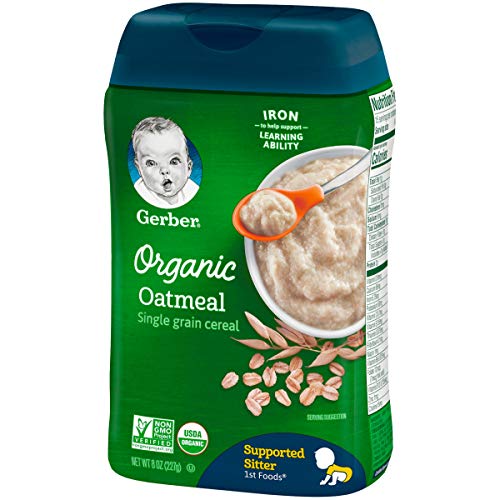
If you decide to use baby oatmeal, you have a few options.
- You can choose a prepared baby oatmeal --- one that’s already specially made for babies’ early food needs.
- You could also blend steel-cut or rolled oats in a food processor before cooking them.
- Or, you can puree cooked steel-cut oats or rolled oats in a food processor with water, to make them smoother.
However you decide to serve baby oatmeal, be sure to choose oats with no sugar added! According to the U.S. Department of Agriculture (USDA) Dietary Guidelines, babies under two years of age shouldn’t consume foods with added sugar.
And remember --- as baby gets more experience with solids, they need exposure to a variety of textures and flavors.
- So, as baby builds munching and chewing skills, consider adding some regular oatmeal into baby’s diet.
- You can also add small pieces of chopped baby-safe fruits into oatmeal. (Keep reading for more suggestions on how to serve baby oatmeal!)
- And be sure to feed baby a variety of other healthy foods with many other textures and flavors.
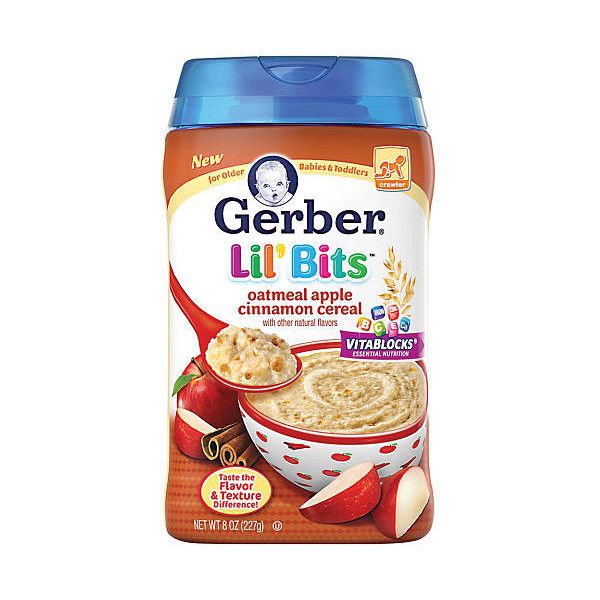 After all, a diverse, healthy diet helps them build lifelong nutritious eating habits, and learn crucial munching and chewing skills.
After all, a diverse, healthy diet helps them build lifelong nutritious eating habits, and learn crucial munching and chewing skills.
Why is baby oatmeal such a beneficial first food?
Oats are packed with vitamins, minerals, carbohydrates, and fibers. They also contain more proteins and healthy fats than most other grains.
Some key nutrients in oatmeal include:
- Multiple B vitamins
- Iron
- Magnesium
- Calcium
- Zinc
- Manganese
- Phosphorous
As baby grows and starts to eat more solids (and consumes less breastmilk or formula), eating foods with a healthy balance of nutrients becomes even more crucial.
Introducing baby to oatmeal early will help baby choose and enjoy a food with all these healthy benefits, throughout the rest of their life.
Plus, the fibers in oatmeal help keep baby from getting constipated, and the structure of oatmeal means it's easy for baby to digest.
Remember, though: When you start solids like oatmeal, breastmilk or formula should remain baby’s primary nutrition source until they turn one year of age.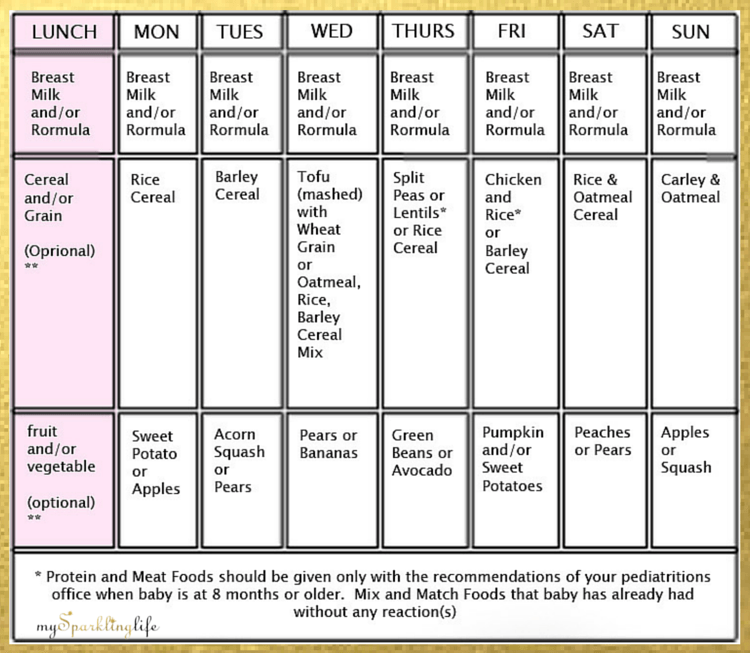 Even with all its nutritional benefits, oatmeal is no substitute for breastmilk or formula.
Even with all its nutritional benefits, oatmeal is no substitute for breastmilk or formula.
How to prepare baby oatmeal?
You can easily prepare baby oatmeal using breast milk or formula. Giving baby oatmeal prepared this way means that baby will enjoy a familiar taste along with the oats' new flavor and texture. So, it's a great introductory food for even the pickiest babies.
And with baby oatmeal, the possibilities are endless, especially as baby continues to try more solid foods.
- Baby oatmeal prepared with breastmilk, formula or cow's milk is a healthy, yummy option on its own.
- But you can also top or mix oatmeal with practically any softened, chopped fruit.
- Try oatmeal with chopped peaches, chopped mango, mashed banana pieces, cooked and chopped apples, chopped strawberries, mashed raspberries, or mashed blueberries.
- Mix oatmeal with plain yogurt, chia seeds, or both.
- Spice things up with a bit of cinnamon, or another spice.
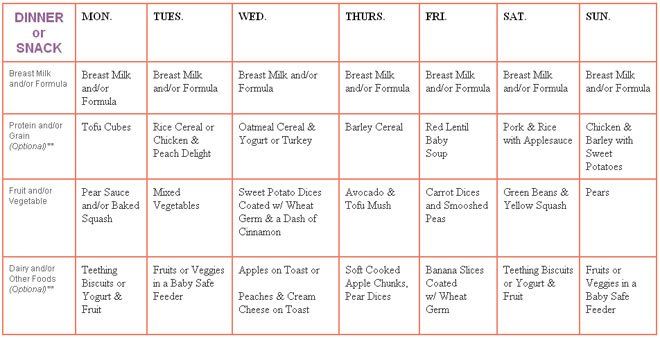
- You can even get adventurous and mix oatmeal with veggies, like avocado, pureed carrots, or chopped butternut squash!
If you’re mixing oatmeal with breastmilk or formula, you’ll need to do this in a bowl.
Follow the instructions on the oatmeal, or try this common recipe: 1 to 2 Tbsp. baby oatmeal mixed with about 4 to 5 Tbsp. breast milk or formula.
Do NOT mix and feed oatmeal in baby’s bottle of breastmilk or formula. This can pose a choking hazard.
What if I’m doing baby-led weaning?
Even though baby oatmeal is a smoother first food, it can still fit into solids introduction if you’re doing baby-led weaning.
- You can preload oatmeal on a spoon, then let baby grab the spoon and self-feed when they are ready.
- Or, you can prepare oatmeal so it gets thicker, and present it to baby in clumps for them to pick up with their hands.
-------------------------------
All health-related content on this website is for informational purposes only and does not create a doctor-patient relationship.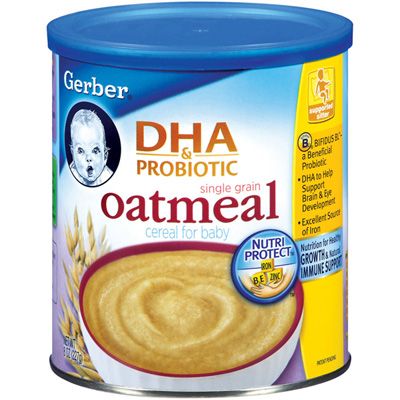 Always seek the advice of your own pediatrician in connection with any questions regarding your baby’s health.
Always seek the advice of your own pediatrician in connection with any questions regarding your baby’s health.
These statements have not been evaluated by the Food and Drug Administration. Products are not intended to diagnose, treat, cure or prevent any disease.
See the FDA Peanut Allergy Qualified Health Claim at the bottom of our homepage.
How to Give Baby Oatmeal for Baby Food
Oatmeal for Baby Food and Oat Baby Food Recipes
Image: Shutterstock
When can my baby eat Oatmeal and Oats?
Homemade Oatmeal cereal and porridge is fine to introduce to your baby from 4 months of age. Please remember that the current recommendations for starting baby on solid foods is 6 months of age. Oatmeal cereal may be a better starter cereal than rice as it is less constipating and many babies prefer the taste of oats over rice cereal.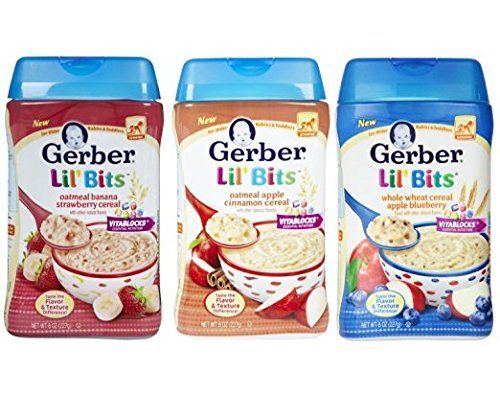
The Goodness of Oats and Oatmeal for Babies
Oats are high in fiber, calcium, protein and even some B vitamins. Steel cut oats are slightly healthier and more nutritious than rolled, quick cook or instant oats. Steel cut oats retain the most nutrients because they are not highly processed, but take approximately 11-25 minutes longer to cook than their instant counterparts. Steel cut oats are also referred to as pinhead oatmeal in the UK.
Oatmeal (one cup, regular, non-fortified & cooked) Protein – 5.94g| VITAMINS
Vitamin C – 0 mg Vitamin B1 (thiamine) – .17 mg Vitamin B2 (riboflavin) – .04 mg Niacin – .53 mg Folate – 14 mcg Contains some other vitamins in small amounts. | MINERALS Potassium – 164 mg Phosphorus – 162 mg Magnesium – 84 mg Calcium – 21 mg Sodium – 9 mg Iron – 2. Selenium – 12 mg Also contains small amounts of zinc, manganese and copper. |
How to select and store oats and oatmeal for homemade baby food
The EWG does not rank grains in its “dirty dozen” food list so buying organic oatmeal is a personal choice.
Whole grains may be stored for several months in a cool dry place. If the temperature becomes extremely warm in your home, you may wish to store the grains in the refrigerator.
Milled whole grains, such as rice flour, whole wheat flour, oat flour and the like, should be stored in an air tight container and preferably in your refrigerator. You can store them in a cool dry place however ensure that you check on the status of the grains if you use them infrequently.
When grains are milled, the natural oils that come from the grain may become rancid without refrigeration. When purchasing any type of milled whole grain, it’s always best to buy smaller quantities to ensure that your whole grains are used prior to them going rancid.
Follow the same storage methods for any rice powder, oat powder, barley powder etc. that you have ground (milled) for your homemade baby cereal. You should store it in an air tight container, in a cool dry place but preferably in the refrigerator if your home is warm.
The best way to cook Oats and Oatmeal for Baby Food or Baby Cereal
You may use a crockpot, a rice cooker or the good old standby method of pot and water. If your little one needs a finer, smoother texture you may want to skip the crockpot and rice cooker as you will need to puree the already cooked oatmeal. This may or may not turn out to be pasty and unedible.
When cooking the “oat powder” for homemade baby cereal, use 1/4 to 1/3 cup of powder per 1-2 cups of water – more or less as you see fit. The key is to whisk whisk whisk as you are cooking to avoid clumping.
Totally Tasty and Nutritious Oatmeal Baby Food Recipes
Oatmeal Baby Cereal (make it Organic by using Organic Rolled or Steel Cut Oats. )
)Ingredients:
- 1/4 cup of ground oats (use regular or steel cut when possible), ground in blender or food processor
- 3/4 cup – 1 cup water
Directions:
Step 1: Bring liquid to boil in saucepan. Add the oatmeal powder while stirring constantly.
Step 2: Simmer for 10 minutes, whisking constantly, mix in formula or breast milk and fruits if desired
Step 3: Serve warm.
Baked Oatmeal Apple Cereal
Ingredients:
- 1 small apple
- 1/4 cup ground oats
- 3/4 cup of water
Directions:
Step 1: Peel, core and cut a small apple into small dices
Step 2: Place in a pan with 1/4 c ground oats and 3/4 c water
Step 3: Bring mixture to a slow boil. Simmer covered, checking frequently, until apples are soft and oatmeal is cooked.
Step 4: Be sure to stir and mash while cooking
Step 5: Mix in formula or breast milk or juice to thin if needed – puree if necessary
(sprinkle a bit of cinnamon in the cereal if your desire and if baby is ready for or has had cinnamon)
Add pureed fruits and vegetables to baby’s homemade oatmeal cereal as your baby likes.
Oatmeal Scramble – A yummy finger food 8 months +
Ingredients:
- 1 cup of cooked oatmeal
- 2 egg yolks
- 1/4 cup soft cooked veggies or fruits of your choice
- 1 teaspoon olive oil
Directions:
Step 1: Heat the olive oil in a small frying pan
Step 2: Peel the banana
Step 3: Whisk the 2 egg yolks in a bowl
Step 4: Add the oatmeal and fruits or veggies to the warmed frying pan then add whisked egg yolks
Step 5: Gently scramble and fry until the yolks are fully cooked
Step 6: Break the Oatmeal Scramble into small pieces that your baby will easily manage and chew. You can also offer up a fruit puree as a dipping sauce.
You can also offer up a fruit puree as a dipping sauce.
Foods Good to Mix With Oatmeal:
Fruits, vegetables, yogurt and meats are all good foods to add and mix with oatmeal homemade baby cereals.
Try a Homemade Oatmeal Bath to Soothe Eczema or Dry Winter Skin
Quick and Easy Method
Place 2 cups of Quick or Old Fashioned Oats into one leg of a nylon stocking; close open end by tying a knot.
Place stocking under faucet; turn water on to full force, using warm water at a comfortable temperature. When finished filling tub, “swirl” stocking back & forth through water 5 or 6 times.
Lift stocking above water and wring to squeeze water and starch out of stocking. Discard stocking — do NOT reuse.
Soak in tub as recommended by physician or for 15 to 20 minutes. Gently pat dry. Use once or twice daily, or as directed by physician.
FOR INFANTS: Use 1/3 cup and follow instructions above. Soak infant (in infant bath tub) for 10 minutes or as directed by physician.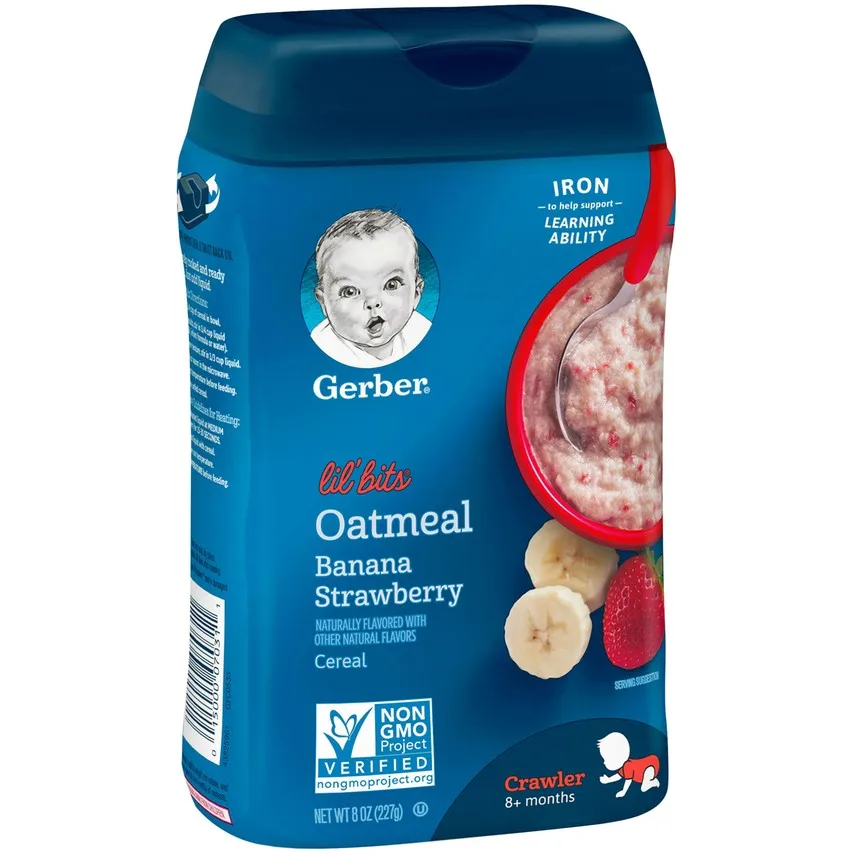
Blender/Food Processor Method
Place 1 cup Quick or Old Fashioned Oats into food processor or blender; grind oats into finest powder possible.
Turn water on to full force, using warm water at a comfortable temperature. Slowly sprinkle oat powder under running water.
Stir water thoroughly to avoid clumping or settling. Soak in tub as recommended by physician or for 15 to 20 minutes. Gently pat dry. Use once or twice daily, or as directed by physician.
INFANTS: Use 1/3 cup and follow instructions above. Soak infant (in infant bath tub) for 10 minutes or as directed by physician
Remember, always consult with your pediatrician regarding introducing solid foods to your baby and specifically discuss any foods that may pose allergy risks for your baby.
Nutritious and tasty, oatmeal baby cereal is easy to make can be combined with any food that your baby likes.
Do Oats Contain Gluten?
Oats are not known to be highly allergenic however they may contain traces of gluten.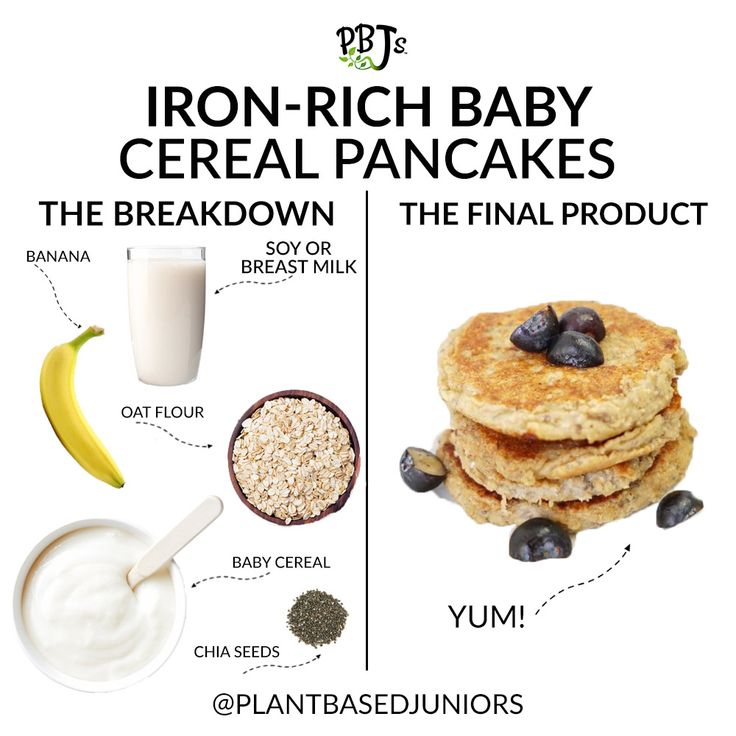
Oats do not contain the same gluten as wheat however they may become contaminated with the gluten from other grains such as wheat. Oats are commonly processed together with grains that do contain gluten.Many producers of oats will note if the oats have been processed alone or with other grains. If your family has a history of celiac disease, it would be prudent for you to ask your pediatrician about
Quaker Oats offers the following suggestions for mixing Oatmeal with yummy foods – please make sure YOUR mixes are age appropriate, with allergens in mind, for your baby.
-
Raisins, brown sugar, cinnamon and nutmeg
-
Honey and honey crunch flavor wheat germ
-
Applesauce and cinnamon
-
Low-fat granola and skim milk
-
Raspberry nonfat yogurt and dried cranberries
-
Apricot fruit spread and sliced almonds
-
Sliced strawberries, plain nonfat yogurt and brown sugar
-
Maple syrup and chopped toasted pecans
-
Canned crushed pineapple, sliced bananas and chopped macadamia nuts
-
Strawberry nonfat yogurt and sliced kiwi
-
Sliced bananas and vanilla nonfat yogurt sprinkled with cinnamon
-
Reduced fat peanut butter and strawberry fruit spread
-
Chopped dates, walnuts and cinnamon
-
Pear slices, maple syrup and cinnamon
-
Coarsely chopped peaches and ground ginger
-
Diced dried apricots or diced dried mixed fruit and honey
-
Pumpkin or apple butter and raisins
-
Blueberry fruit spread, vanilla or plain nonfat yogurt and nutmeg
-
Orange marmalade and dried cranberries
-
Coarsely chopped apple, brown sugar, cinnamon and dates
-
Orange or tangerine low fat yogurt and mandarin orange segments
-
Mixed dried fruit
-
Cherry preserves and wheat germ
-
Reduced fat caramel topping and chopped pecans
-
Whole berry cranberry sauce
-
Applesauce and maple syrup
-
Blueberries and sliced strawberries sprinkled with cinnamon sugar
-
Sliced bananas and mini semisweet morsels
-
Warm apple pie filling and skim milk
-
Brown sugar and apple pie spice
-
Chopped dried figs and mashed ripe banana
SHARE ON FACEBOOK SHARE ON PINTEREST
from how many months to introduce oatmeal to a child
Published: 09.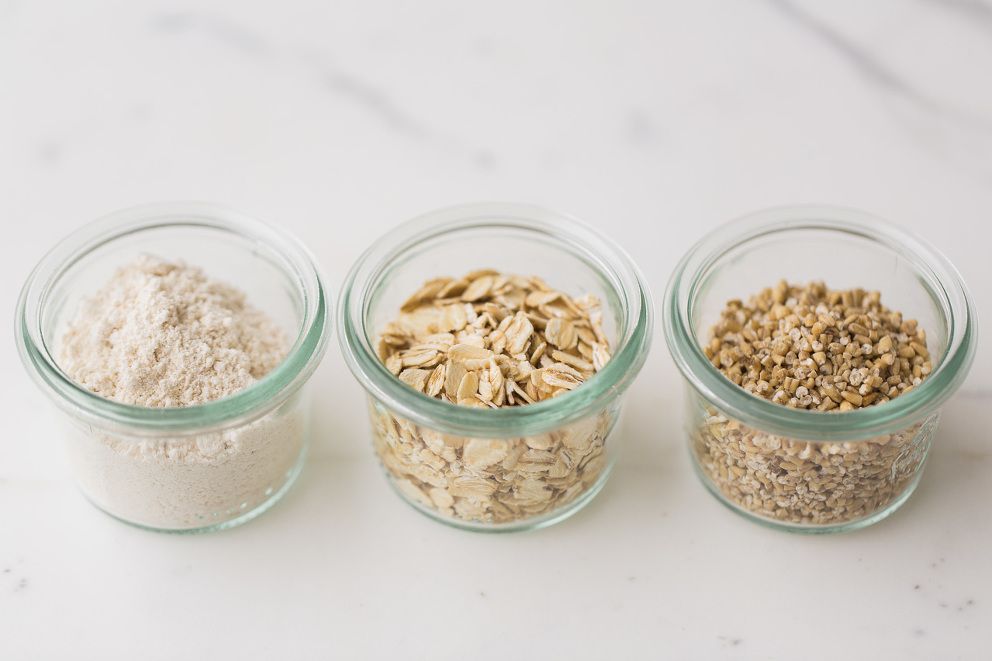 12.2019
12.2019
Reading time: 4 min.
Number of reads: 47802
Oatmeal is the most popular breakfast among residents of many countries. The excellent taste of this dish and the energy boost of slow-digesting carbohydrates make for a good start to the day for all family members. The word "oats" comes from the Latin avere, which means "to be healthy". Oatmeal is also known under the name "oatmeal" - after the name of the ancient Greek mythological hero, endowed with great physical strength and endurance. Oatmeal is included in the mandatory diet of not only Olympic champions, this product appears one of the first on the baby's menu in the first year of life. Let's look at why oatmeal occupies an honorable place in the pyramid of healthy eating and when to introduce this healthy product into the child's diet. nine0003
Content: Hide
- Oat carbohydrates
- Oat proteins and fats
- Biologically active substances of oats
- Timing of the introduction of cereal complementary foods
- Oatmeal Safety
- Choice of porridge
- Oatmeal Bebi Premium
Oat carbohydrates
All cereals are a source of carbohydrates, primarily starch, which determines a burst of energy and a long-lasting feeling of fullness after eating porridge. This is due to the slow digestion and gradual assimilation of the product. Oatmeal is rich in starch, but compared to other cereals, its proportion is less. However, starch grains are very small, which determines its almost complete assimilation. The rest of the slowly digestible carbohydrates are dietary fiber, and oatmeal surpasses many cereals in the content of this component. Vegetable fiber is very important for the normal process of digestion and also serves as a natural food for the gut microbiome. Maintaining the numerical composition and diversity of one's own intestinal microflora is an indisputable factor in human health. Oatmeal contains unique soluble dietary fiber, which has an enveloping effect, protecting the mucous membrane of the stomach and intestines. In addition, oat fiber helps to eliminate toxins and has a positive effect on cholesterol levels. Products based on oatmeal are used not only in the diet of a healthy person, but also in therapeutic nutrition schemes. nine0003
This is due to the slow digestion and gradual assimilation of the product. Oatmeal is rich in starch, but compared to other cereals, its proportion is less. However, starch grains are very small, which determines its almost complete assimilation. The rest of the slowly digestible carbohydrates are dietary fiber, and oatmeal surpasses many cereals in the content of this component. Vegetable fiber is very important for the normal process of digestion and also serves as a natural food for the gut microbiome. Maintaining the numerical composition and diversity of one's own intestinal microflora is an indisputable factor in human health. Oatmeal contains unique soluble dietary fiber, which has an enveloping effect, protecting the mucous membrane of the stomach and intestines. In addition, oat fiber helps to eliminate toxins and has a positive effect on cholesterol levels. Products based on oatmeal are used not only in the diet of a healthy person, but also in therapeutic nutrition schemes. nine0003
Proteins and fats of oats
Oat groats in terms of vegetable protein content can only compete with buckwheat and are significantly superior to other cultivated grains in this characteristic. In addition to the quantitative content, the qualitative composition of the protein is very important: oatmeal contains almost all essential amino acids in a balanced ratio. These substances are not synthesized in the human body, but are absolutely necessary for life, especially during periods of intensive growth. Among them, the content of lysine, methionine and tryptophan is especially important. These amino acids are very important for the development of the immune and nervous systems. Oat protein is easily digestible, therefore products based on this cereal are widely recommended in dietary and baby food. Oatmeal contains a fairly large amount of vegetable fats, which also determines the high nutritional value of the product. They are easy to digest, almost completely absorbed and stable to oxidation. The qualitative composition of oat oils is also important, which is characterized by the content of essential fatty acids (oleic, linoleic and linolenic) in the most favorable ratio. nine0003
In addition to the quantitative content, the qualitative composition of the protein is very important: oatmeal contains almost all essential amino acids in a balanced ratio. These substances are not synthesized in the human body, but are absolutely necessary for life, especially during periods of intensive growth. Among them, the content of lysine, methionine and tryptophan is especially important. These amino acids are very important for the development of the immune and nervous systems. Oat protein is easily digestible, therefore products based on this cereal are widely recommended in dietary and baby food. Oatmeal contains a fairly large amount of vegetable fats, which also determines the high nutritional value of the product. They are easy to digest, almost completely absorbed and stable to oxidation. The qualitative composition of oat oils is also important, which is characterized by the content of essential fatty acids (oleic, linoleic and linolenic) in the most favorable ratio. nine0003
Biologically active substances of oats
Useful properties of oat groats are connected not only with the content of essential nutrients. The restorative effect and a positive effect on the work of almost all organs and systems of the body are also determined by the micronutrients included in the composition. The high content of B vitamins (especially B 1 and biotin) has a beneficial effect on metabolism and ensures high performance. In combination with a sufficient intake of magnesium, and oats are also rich in this mineral, a person’s mental activity improves, sleep and mood normalize. Oatmeal is rich in vitamin E, which is necessary for the functioning of the immune and reproductive systems, has a positive effect on the condition of the skin and hair. The high content of silicon and phosphorus has a beneficial effect on physical development, musculoskeletal system and linear growth. In terms of the content of trace elements such as copper and manganese, oats absolutely surpass other cereals. Copper is part of numerous enzymes that provide cellular respiration, as well as liver cells that neutralize toxins.
The restorative effect and a positive effect on the work of almost all organs and systems of the body are also determined by the micronutrients included in the composition. The high content of B vitamins (especially B 1 and biotin) has a beneficial effect on metabolism and ensures high performance. In combination with a sufficient intake of magnesium, and oats are also rich in this mineral, a person’s mental activity improves, sleep and mood normalize. Oatmeal is rich in vitamin E, which is necessary for the functioning of the immune and reproductive systems, has a positive effect on the condition of the skin and hair. The high content of silicon and phosphorus has a beneficial effect on physical development, musculoskeletal system and linear growth. In terms of the content of trace elements such as copper and manganese, oats absolutely surpass other cereals. Copper is part of numerous enzymes that provide cellular respiration, as well as liver cells that neutralize toxins. Manganese is very important for hematopoiesis and energy metabolism. Oat grains are a natural source of flavonoids that protect cells from destruction and premature aging. nine0003
Manganese is very important for hematopoiesis and energy metabolism. Oat grains are a natural source of flavonoids that protect cells from destruction and premature aging. nine0003
Timing of the introduction of cereals
At what age can this healthy and nutritious product be introduced into the baby's diet? For the first four months of life, the baby's body can only absorb mother's milk or an adapted mixture, since the gastrointestinal tract and kidneys are still functionally immature. The process of maturation is individual, but for most infants, by the 4-6th month of life, it is already possible to introduce complementary foods. Moreover, by this age, the nutritional value of breast milk or formula is no longer enough to ensure intensive growth and development of the baby. There is a need to expand the diet. Cereal products are the most preferred choice of first complementary foods. They are distinguished by high nutritional and energy value, the content of almost all essential nutrients, as well as good compatibility with breast milk.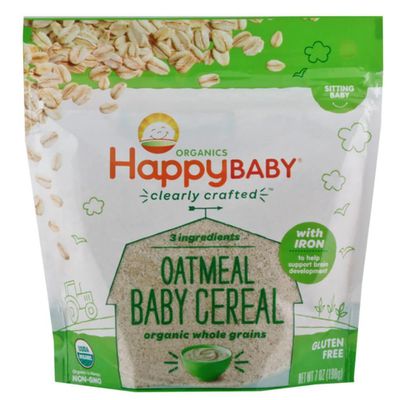 As the first complementary food product, a baby can be offered dairy-free porridge or cooked on the basis of mother's milk. The familiar taste will allow the child to quickly adapt to changes in nutrition, which will facilitate the introduction of complementary foods in the future. nine0003
As the first complementary food product, a baby can be offered dairy-free porridge or cooked on the basis of mother's milk. The familiar taste will allow the child to quickly adapt to changes in nutrition, which will facilitate the introduction of complementary foods in the future. nine0003
Oatmeal safety
At what age can I start complementary foods with oatmeal? The introduction of cereals in the first 6 months of life has limitations associated with the possible toxic effect on intestinal cells of vegetable gluten protein. Early mucosal contact with this protein can cause serious disease. Therefore, the list of cereals that can be used for the first feeding includes rice, corn and buckwheat. The question of the toxicity of oats for the immature mucosa of the baby still remains completely unresolved. According to most experts, oatmeal is a safe protein, but oatmeal can be contaminated with impurities from other cereals. Therefore, this product is introduced into the child's diet after 5 months of life.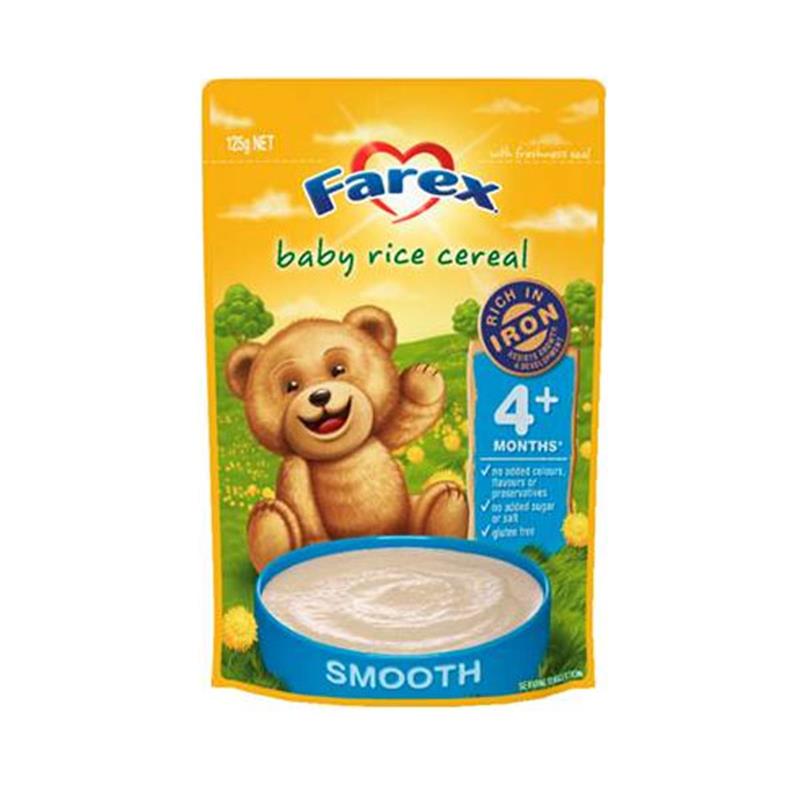 nine0003
nine0003
Choice of porridge
How to prepare oatmeal for baby food? This is a simple but at the same time very important practical question. Despite the apparent simplicity of home-made cereals, specialized baby food products are the preferred choice. The modern level of industrial production determines the high quality standard of finished products so that every child can get the best for healthy growth and development. Bebi Premium baby food cereals are a well-thought-out recipe that meets the needs of a child in every age period, and guaranteed quality of raw materials, at all stages of production in accordance with international safety standards. nine0003
Bebi Premium oatmeal
All Bebi Premium oatmeal porridges are made on the basis of cereals, not flakes, which allows you to preserve the beneficial properties of the grain shell as much as possible. In their production, a special technology of grain processing and subsequent drying is used, which makes it possible to produce cereals based on cereals, but no heat treatment is required during cooking.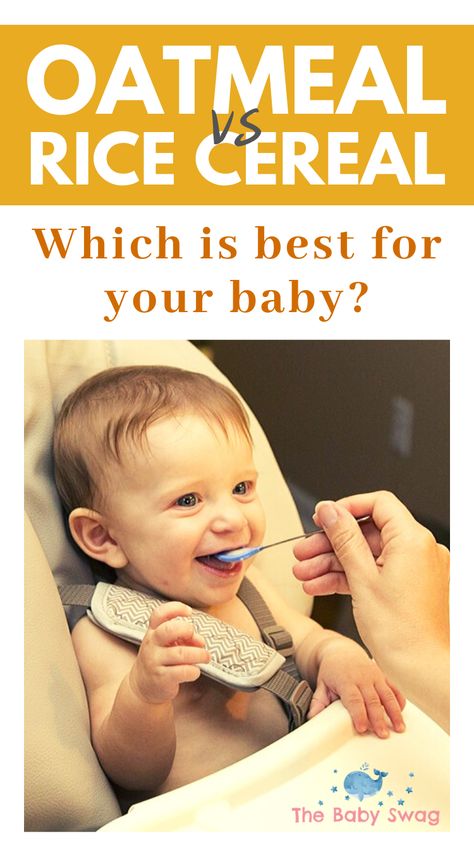 At the same time, a delicate taste and the necessary degree of grinding of the finished product are preserved. A great choice to start your oatmeal introduction to babies over 5 months old is Bebi Premium Oatmeal Without Dairy. In addition to the beneficial properties of oatmeal, the composition of the product is enriched with the natural prebiotic inulin, as well as a unique vitamin and mineral complex. Then the baby can be offered another tasty and nutritious product of the Bebi Premium line - “Oatmeal porridge with milk”. All Bebi Premium milk porridges contain special baby milk, which is allowed from 4 months of age. To further enrich the diet with pectins, sugars and organic acids, the menu can be expanded with cereals with fruit and vegetable components. "Oatmeal porridge with peach and milk" Bebi Premium contains 100% natural peach puree, which gives the product natural sweetness, expands the range of taste sensations and gradually prepares the baby for the introduction of fruit and berry complementary foods.
At the same time, a delicate taste and the necessary degree of grinding of the finished product are preserved. A great choice to start your oatmeal introduction to babies over 5 months old is Bebi Premium Oatmeal Without Dairy. In addition to the beneficial properties of oatmeal, the composition of the product is enriched with the natural prebiotic inulin, as well as a unique vitamin and mineral complex. Then the baby can be offered another tasty and nutritious product of the Bebi Premium line - “Oatmeal porridge with milk”. All Bebi Premium milk porridges contain special baby milk, which is allowed from 4 months of age. To further enrich the diet with pectins, sugars and organic acids, the menu can be expanded with cereals with fruit and vegetable components. "Oatmeal porridge with peach and milk" Bebi Premium contains 100% natural peach puree, which gives the product natural sweetness, expands the range of taste sensations and gradually prepares the baby for the introduction of fruit and berry complementary foods.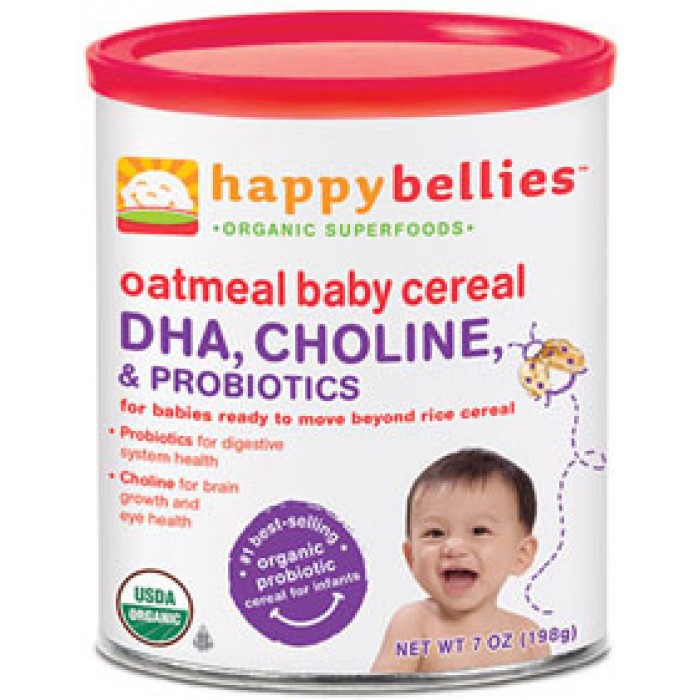 In children of the second half of life, multi-cereal products can be safely included in the menu. Oatmeal is a part of multi-component dairy and dairy-free cereals of the Bebi Premium line, which allows you to use the benefits of different cereals to improve your baby's health. nine0003
In children of the second half of life, multi-cereal products can be safely included in the menu. Oatmeal is a part of multi-component dairy and dairy-free cereals of the Bebi Premium line, which allows you to use the benefits of different cereals to improve your baby's health. nine0003
#First food #Nutrition for children up to a year #Complementary food
Rate the article
(Number of votes: 13, average 5.0)
Share with friends:
When to introduce oatmeal into complementary foods for babies
— Ekaterina Borisovna, is it possible to give oatmeal for the first complementary foods and how useful is it for a child?
- Oatmeal is a gluten cereal, so it is not suitable for the first feeding . But in the second half of life - depending on when you started cereal complementary foods - the baby can try this wonderful product in all respects.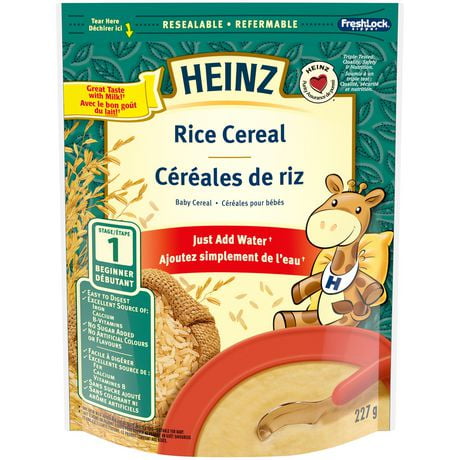
Benefits of oatmeal for children
- Rich in protein, vegetable fats, is an excellent source of slow carbohydrates, energizes the baby for a long time, creates a feeling of satiety.
- The amino acids that make up this porridge are involved in protein synthesis, building muscle fibers and the formation of protective antibodies. nine0016
- Useful fiber has a protective effect on the mucous membrane of the gastrointestinal tract, and also stimulates the bowels.
Oatmeal naturally combines a variety of B, E, PP vitamins, as well as potassium, magnesium, phosphorus, iron, copper, iodine, zinc and other micronutrients.
- B vitamins are involved in metabolic processes, including those in nerve cells.
- Calcium and phosphorus help strengthen bones and teeth. nine0016
- Iodine is essential for normal thyroid function.
- Potassium normalizes the functioning of the cardiovascular system.
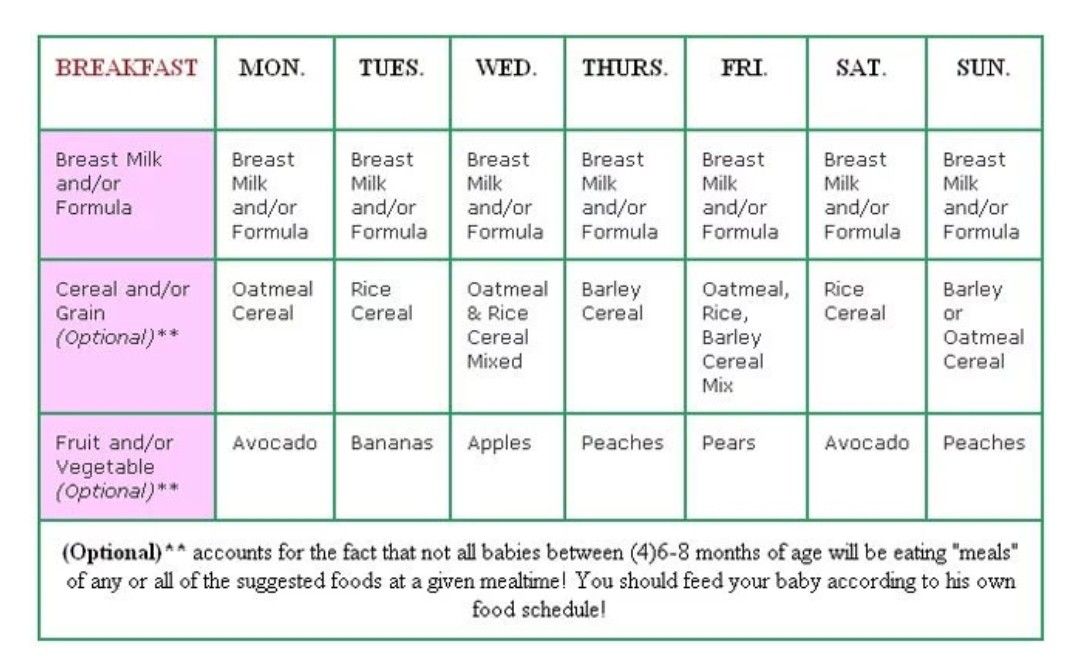
— Pediatricians do not recommend ordinary oatmeal for complementary foods. What is the reason for this?
- Adult oatmeal is made from whole oatmeal that has undergone minimal mechanical processing. Such grain contains more useful substances, but absolutely is not suitable for baby food . The emerging enzyme system of the baby is not yet ready to break down the coarse structure of oatmeal. And the use of porridge from it, most likely, will cause disturbances in the work of the immature gastrointestinal tract. Therefore, oatmeal from an adult diet is not suitable for feeding children under one year old.
Oatmeal in complementary foods: what and how much to give
- What should be oatmeal for a child under one year old?
— For baby food, fragrant oatmeal is used, obtained by grinding oat kernels, which have undergone a special heat treatment. It retains the maximum amount of useful substances, and its delicate structure has a protective effect on the mucous membrane of the digestive tract.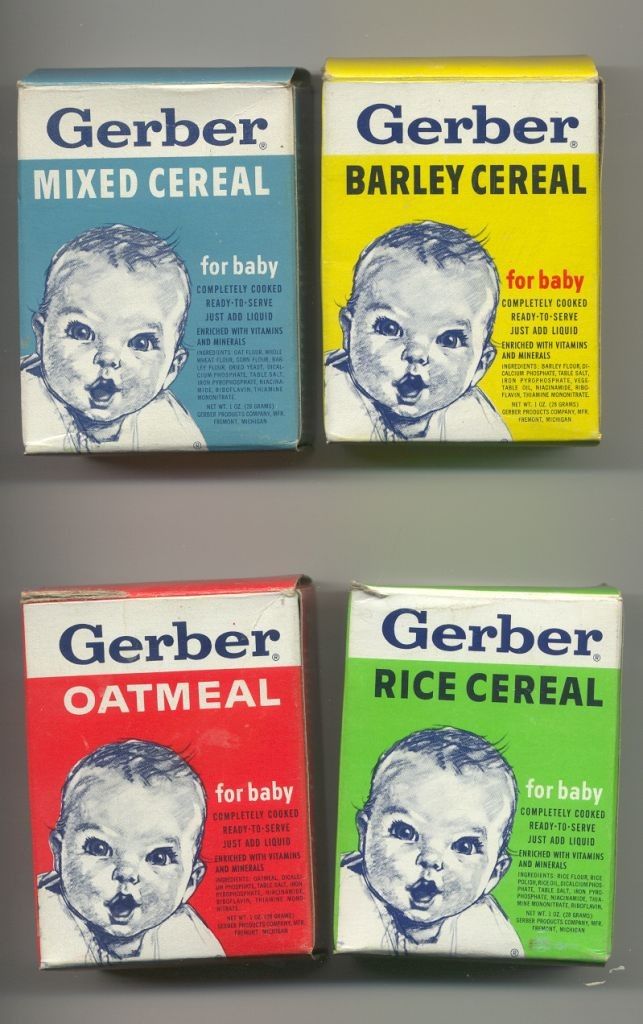 nine0003
nine0003
Types of baby oatmeal
— Dairy-free mono porridge is suitable for the first feeding with oatmeal and feeding babies with allergies. Toddlers who are not allergic to cow's milk proteins can try milk oatmeal with goat's or cow's milk. Do not forget that goat's milk is closer in structure to breast milk and is easier to digest, because when it is curdled in the stomach, a tender loose clot is formed, which is well broken down by enzymes. It is also less allergenic, so goat's milk cereals are suitable for children at risk of developing an allergy to cow's milk protein .
Fruits, vitamin-mineral complexes, probiotics can be added to porridge to improve taste, as well as to enrich it with fiber and useful micronutrients. This normalizes digestion and helps the baby better adapt to a new type of product. In addition, nutritional supplements provide a complete diet.
— When to introduce oatmeal into baby food? nine0012
- Oatmeal - complementary foods for a child over 6 months of age, it is introduced only after acquaintance with gluten-free cereals - rice, corn, buckwheat.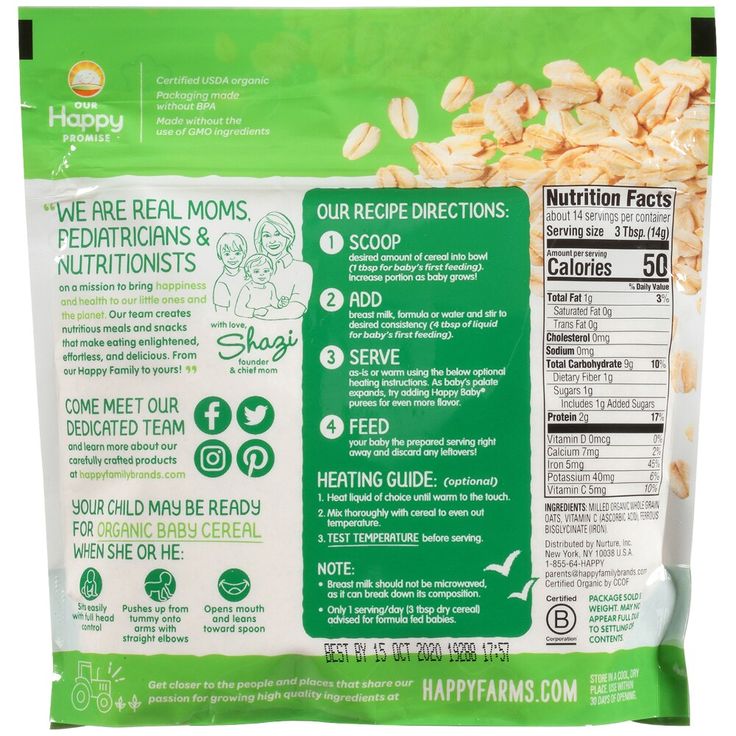 If complementary foods are not started before six months, this does not mean that you can give oatmeal for the first complementary foods. First of all, you still need gluten-free cereals, you can’t use gluten-containing oatmeal. Let me remind you that gluten is a protein that is difficult to digest, and its introduction too early can provoke disturbances in the gastrointestinal tract. nine0003
If complementary foods are not started before six months, this does not mean that you can give oatmeal for the first complementary foods. First of all, you still need gluten-free cereals, you can’t use gluten-containing oatmeal. Let me remind you that gluten is a protein that is difficult to digest, and its introduction too early can provoke disturbances in the gastrointestinal tract. nine0003
See also
- about gluten-free cereals for the first meal
— How much oatmeal should a child be given?
- Oatmeal is given in accordance with age norms. The first complementary food is a few teaspoons, gradually the amount of porridge is brought to the desired volume.
Medium serving size of oatmeal:
- 6-7 months 100-150g;
- 7-8 months - 180 g; nine0016
- 9-12 months - 200 g;
All figures are arbitrary: the baby can eat a little less, a little more, it's not critical.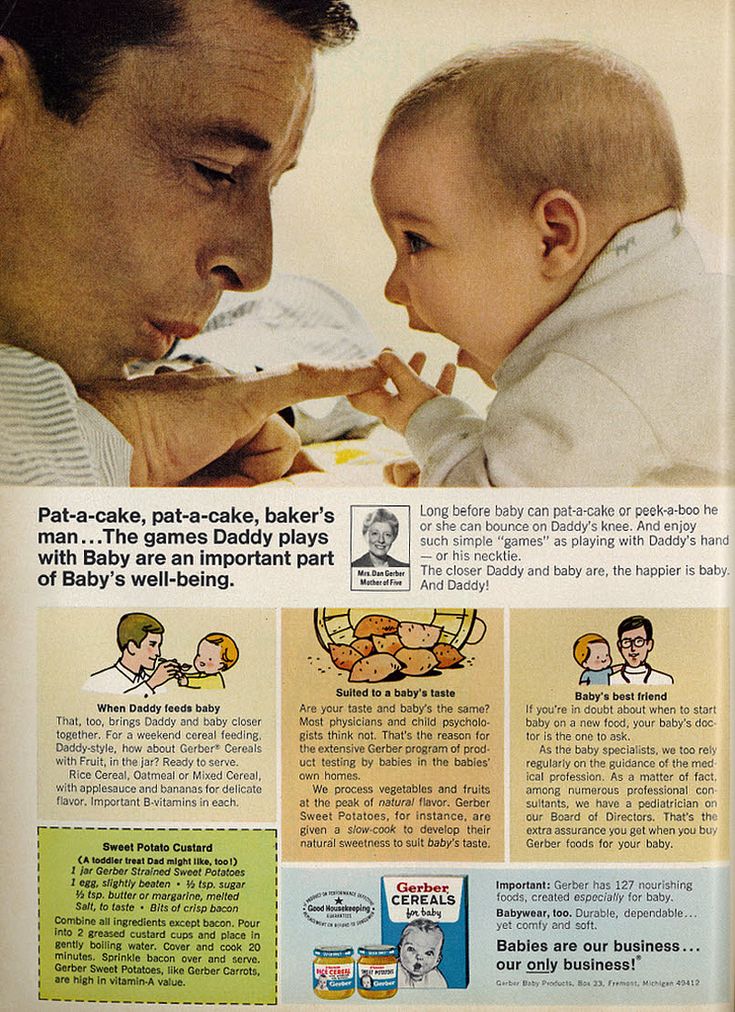 But we must remember that oatmeal contains a lot of phytic acid, which is able to form insoluble compounds with calcium and remove it from the body. Therefore, you can offer oatmeal to your baby no more than two or three times a week and only once a day.
But we must remember that oatmeal contains a lot of phytic acid, which is able to form insoluble compounds with calcium and remove it from the body. Therefore, you can offer oatmeal to your baby no more than two or three times a week and only once a day.
Allergy to porridge
— Ekaterina Borisovna, why do some children refuse oatmeal? nine0012
- Toddlers usually enjoy eating oatmeal. But there are exceptions to all rules. If there is a refusal of oatmeal, first of all it is worth evaluating the reaction of the child to this type of complementary foods. Perhaps he is worried about digestive problems after eating it, which means that the body is not yet ready to break down gluten.
If everything is in order with the tummy, the child may simply not like the taste of porridge . What you can try to do, provided that oatmeal is well tolerated:
- change porridge from dairy-free to dairy;
- replace cow's milk porridge with more tender and tasty goat's milk porridge;
- offer porridge with fruit and berry additives.

From such a variety, the baby will surely be able to choose a dish that will suit his taste. If this does not help, never force-feed a child . You should postpone the introduction of oatmeal for a couple of weeks or a month. After a while, the baby will be able to re-evaluate the taste of this wonderful food. nine0003
— Food allergies are not uncommon. Can a child be allergic to oatmeal?
- Allergy to oats is extremely rare. Skin rashes and stool disorders with the introduction of oatmeal are most likely associated with gluten intolerance. In this case, the following are possible:
- a transient state - it is caused by age-related immaturity of the enzyme system;
- true allergy is a congenital condition called celiac disease. nine0098
- salt;
- modified starch;
- artificial colors;
- genetically modified foods;
- fragrances;
- flavor enhancers.
- Ca+Fe+I - an indispensable complex for the prevention of rickets, iron and iodine deficiency;
- fat-soluble vitamins A, D, E, K - are involved in cell metabolism, enzyme systems, redox processes; nine0016
- vitamins of group B - responsible for the formation of the nervous system, take part in energy metabolism, muscle work;
- vitamin C - the main antioxidant;
- niacin, folic and pantothenic acids, biotin and other useful substances.
If signs of allergy appear, you should pause for two to three weeks and again offer oatmeal complementary foods to the baby. If the symptoms return and occur when eating other foods containing gluten (wheat, barley porridge), it is important to contact a pediatrician to clarify the diagnosis.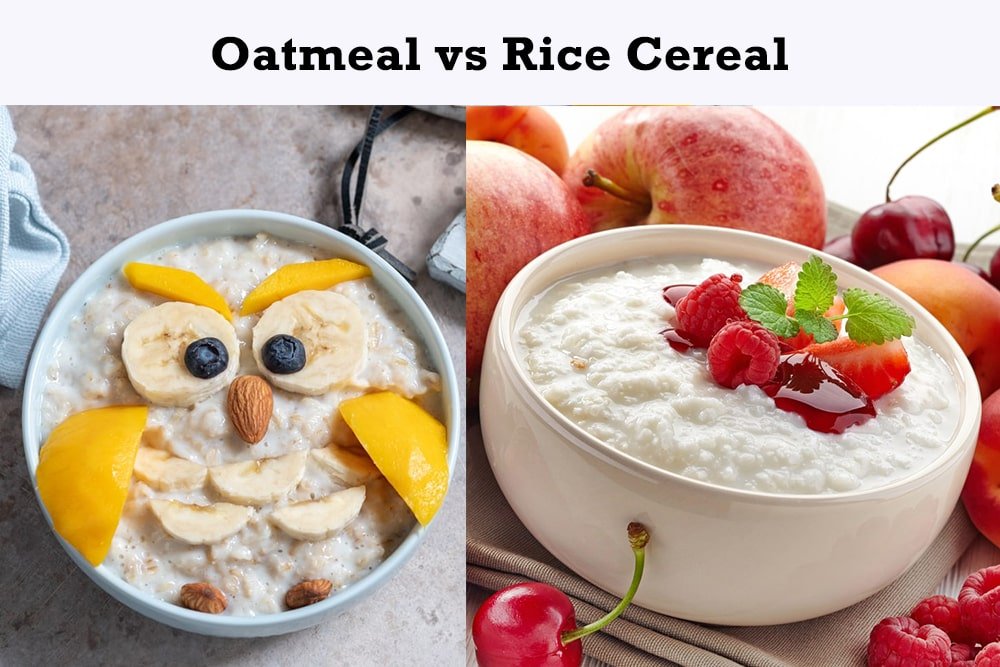
But not always when eating oatmeal, the child reacts to gluten. The cause of the allergy may be the milk in its composition. This happens in pediatric practice. Let's say the baby has never tried porridge or mixtures based on cow's milk before, and the mother followed a dairy-free diet. In this case, he already has a certain probability of developing an allergy to milk protein. And as soon as the baby's diet is supplemented with a highly allergenic cow's milk protein, he begins to react with skin rashes and stool changes. nine0003
Buy oatmeal for complementary foods or make your own
- It has already been noted that regular oatmeal is undesirable for an infant . But some parents turn a blind eye to this. Continuing the conversation, we will once again touch on home-made cereals and cereals of industrial production. What's better?
— For children of the first year of life, it is preferable to use ready-made baby cereals of industrial production.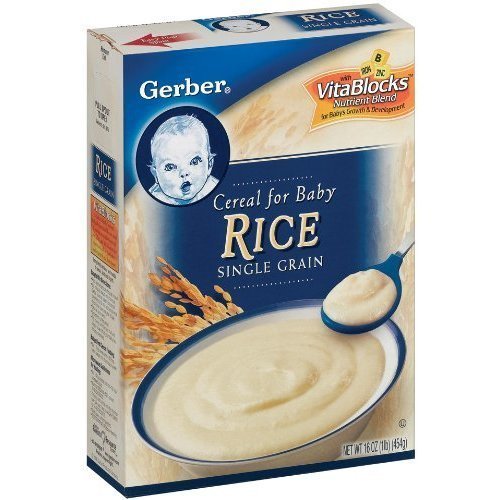 There are several reasons for this. nine0003
There are several reasons for this. nine0003
— How to cook oatmeal for complementary foods: what should parents remember?
— For homemade porridge, high quality flakes are used, previously ground in a blender to the state of flour. Consumption - 5 g (approximately 1 tsp) per 100 ml of water. Oatmeal is poured into boiling water and boiled, stirring constantly, for 7-10 minutes.
To improve the palatability of porridge , you can add a little breast milk or the usual milk formula, butter. Fruit or fruit and berry puree, fresh fruits and berries can be tasted after a year. Honey, due to its highly allergenic properties, should not be given to babies. nine0003
— Consider instant cereal for kids. Which oatmeal should you choose?
- First of all, you should pay attention to the manufacturer. Choose large manufacturers that have proven themselves in the baby food market.
Next, we study the packaging. It should look neat, be free of dents and damage. High-quality applied paint will not wear off at the slightest friction.
High-quality applied paint will not wear off at the slightest friction.
Information about the composition of porridge must be clearly written in an understandable language. In addition to oatmeal, in the list of components you can find cow or goat milk, fruit and vegetable or fruit and berry supplements, vitamins with minerals, probiotic flora. nine0003
Baby food porridge may not contain:
— How does MAMAKO ® baby cereal help digestion?
— The manufacturer's line includes children's oatmeal with goat's milk in two varieties — milk oatmeal and milky oatmeal with prunes, which perfectly diversify the diet with new taste sensations. nine0003
Both cereals contain 32% healthy goat's milk, which is perfectly digestible and has a positive effect on digestion. In the stomach, it curdles into a soft clot, and its small fat globules and fatty acids are easily broken down in the baby's body.
In the stomach, it curdles into a soft clot, and its small fat globules and fatty acids are easily broken down in the baby's body.
Also, these cereals are enriched with the best helpers of the child's body:
Of all the variety of baby food, I recommend my patients to opt for cereals with goat's milk from MAMAKO ® . These oatmeal porridges have a delicate taste, an optimally balanced composition, are well tolerated and cause allergic reactions to a lesser extent in babies predisposed to them. nine0003
nine0003
Oatmeal is an indispensable product in the nutrition of a young child. It is an excellent source of fiber and complex carbohydrates and contains the most important nutrients for your baby. Oatmeal not only normalizes bowel function, but also has a mild enveloping effect on the stomach and facilitates digestion.
For the first feeding, it is better to use ready-made cereals. Healthy babies can buy cereals both in cow's and goat's milk. To feed babies prone to functional disorders of the digestive tract, as well as those at risk of developing allergic conditions, it is preferable to use oatmeal with goat's milk. They cause digestive disorders to a lesser extent and are less allergenic. nine0003
* Breast milk is the best food for babies. WHO recommends exclusive breastfeeding for the first 6 months of a child's life and continued breastfeeding after complementary foods are introduced until the age of 2 years. Before introducing new products into the baby's diet, you should consult with a specialist.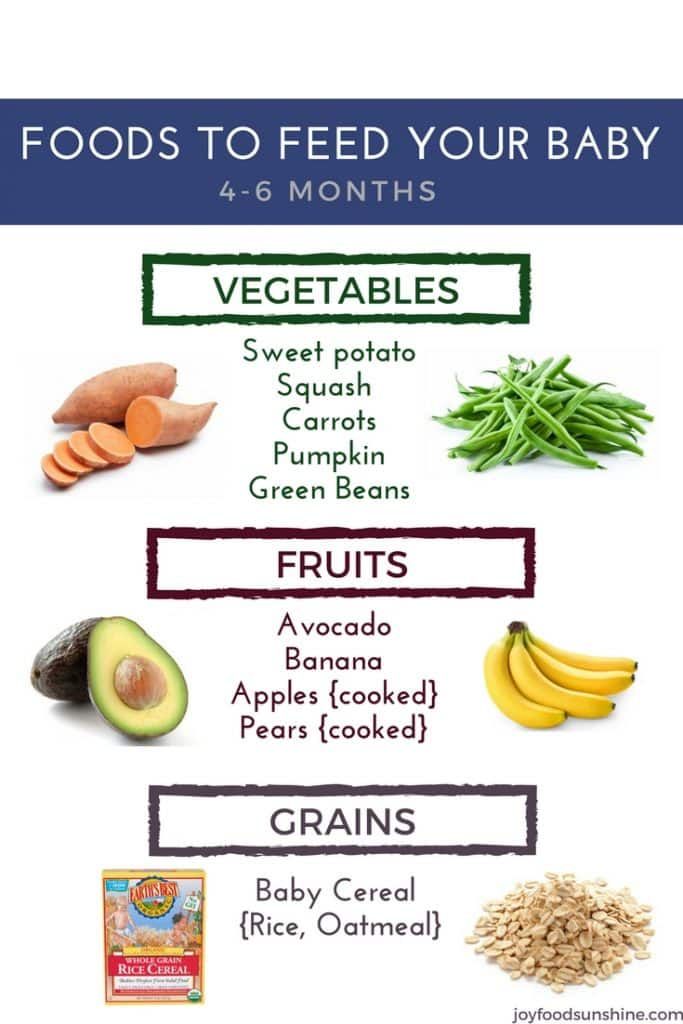

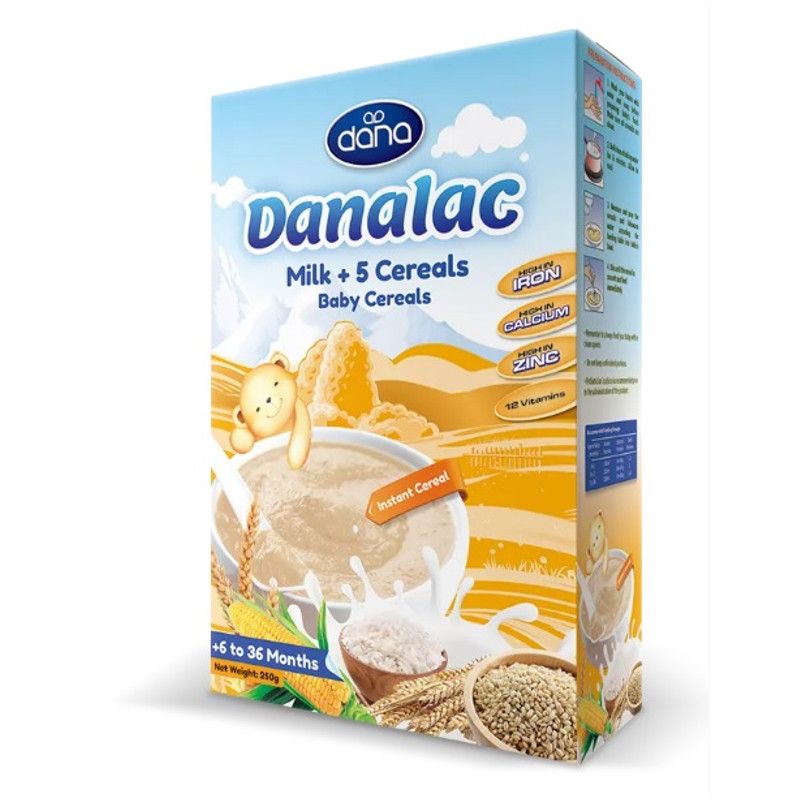 11 mg
11 mg
